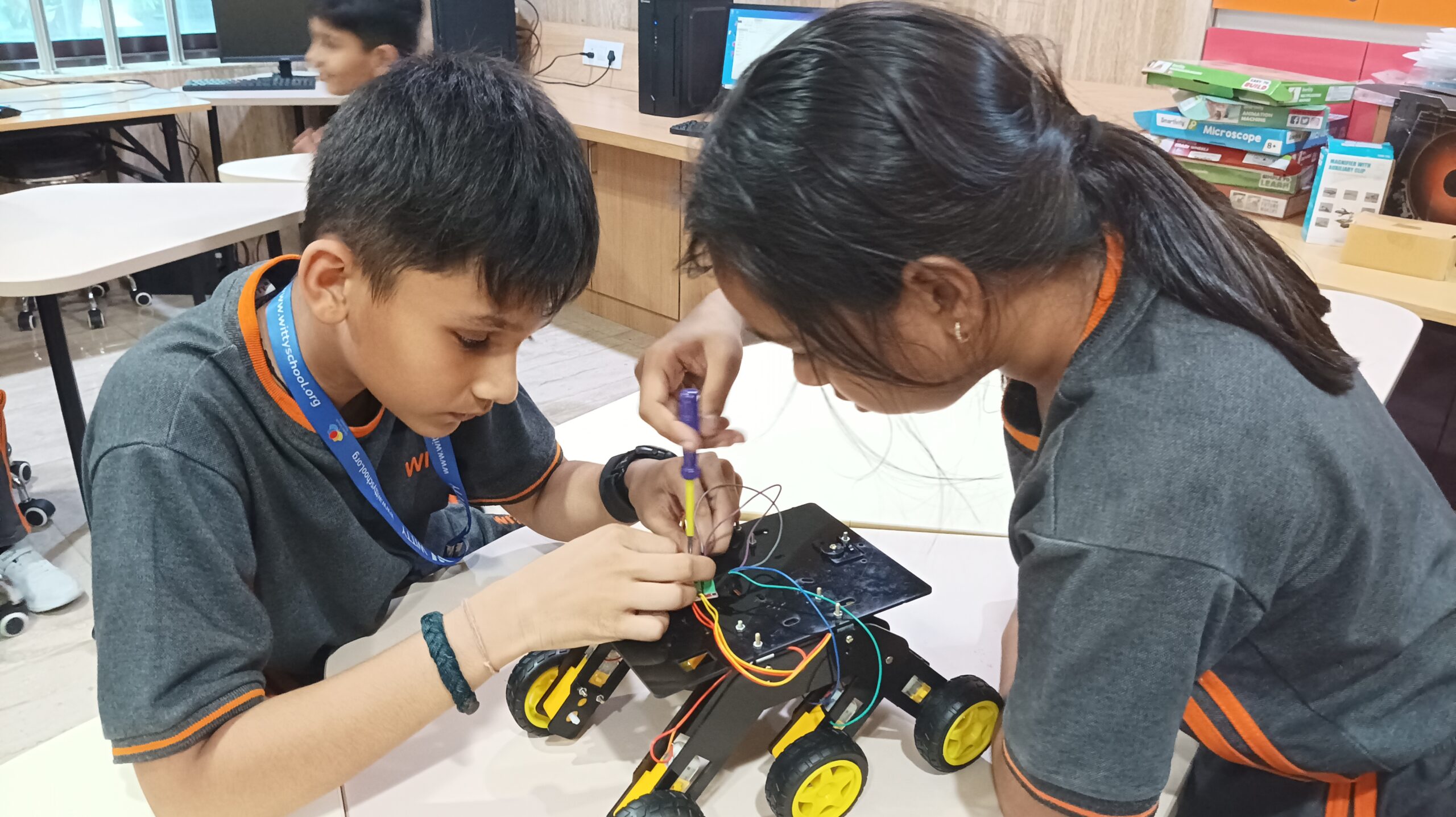In today’s rapidly evolving world, critical thinking and the ability to solve complex problems are more important than ever. STEM education, which emphasizes Science, Technology, Engineering, and Math, serves as a powerful tool in helping students develop these crucial skills.
- Encourages Analytical Thinking
STEM learning emphasizes understanding how things work. For example, when students build a robot or create a scientific model, they analyze patterns, data, and relationships, sharpening their analytical thinking.
- Promotes Hands-On Problem Solving
STEM challenges often involve real-world scenarios. From designing a water filtration system to coding a functional app, students learn to break down problems into manageable steps, test solutions, and iterate for better outcomes.
- Cultivates Curiosity and Questioning
STEM education inspires students to ask “why” and “how.” This curiosity drives critical thinking, as students learn to explore possibilities, hypothesize outcomes, and seek evidence-based answers.explore now
- Develops Logical and Structured Thinking
STEM activities, such as programming or conducting experiments, require students to follow logical processes. This trains them to approach problems systematically, leading to more effective solutions.
- Enhances Collaborative Problem Solving
Group projects in STEM encourage collaboration. Students work together to solve challenges, combining different perspectives and learning how teamwork leads to better solutions.
- Builds Resilience Through Trial and Error
STEM learning normalizes failure as part of the process. When students’ prototypes or experiments don’t work initially, they’re encouraged to learn from mistakes and try again, fostering resilience and persistence.
Real-Life Impact of STEM Skills
From solving environmental issues to creating life-saving medical devices, the problem-solving skills gained through STEM education have real-world implications. These skills also prepare students for STEM careers, which are in high demand globally.
Simple STEM Activities to Boost Critical Thinking
Build a bridge with limited materials: Teaches resource management and structural engineering.
Create a basic coding project: Encourages logical thinking and debugging skills.
Design a solution for a community problem: Combines creativity with practical problem-solving.
Get started with STEM today!
STEM learning isn’t just about mastering technical skills; it’s about fostering a mindset that values curiosity, persistence, and innovative thinking. These traits empower students to tackle challenges in any field they choose.
Introduce STEM activities in your classroom or home and watch your students’ critical thinking and problem-solving skills flourish. Future innovators start here!













